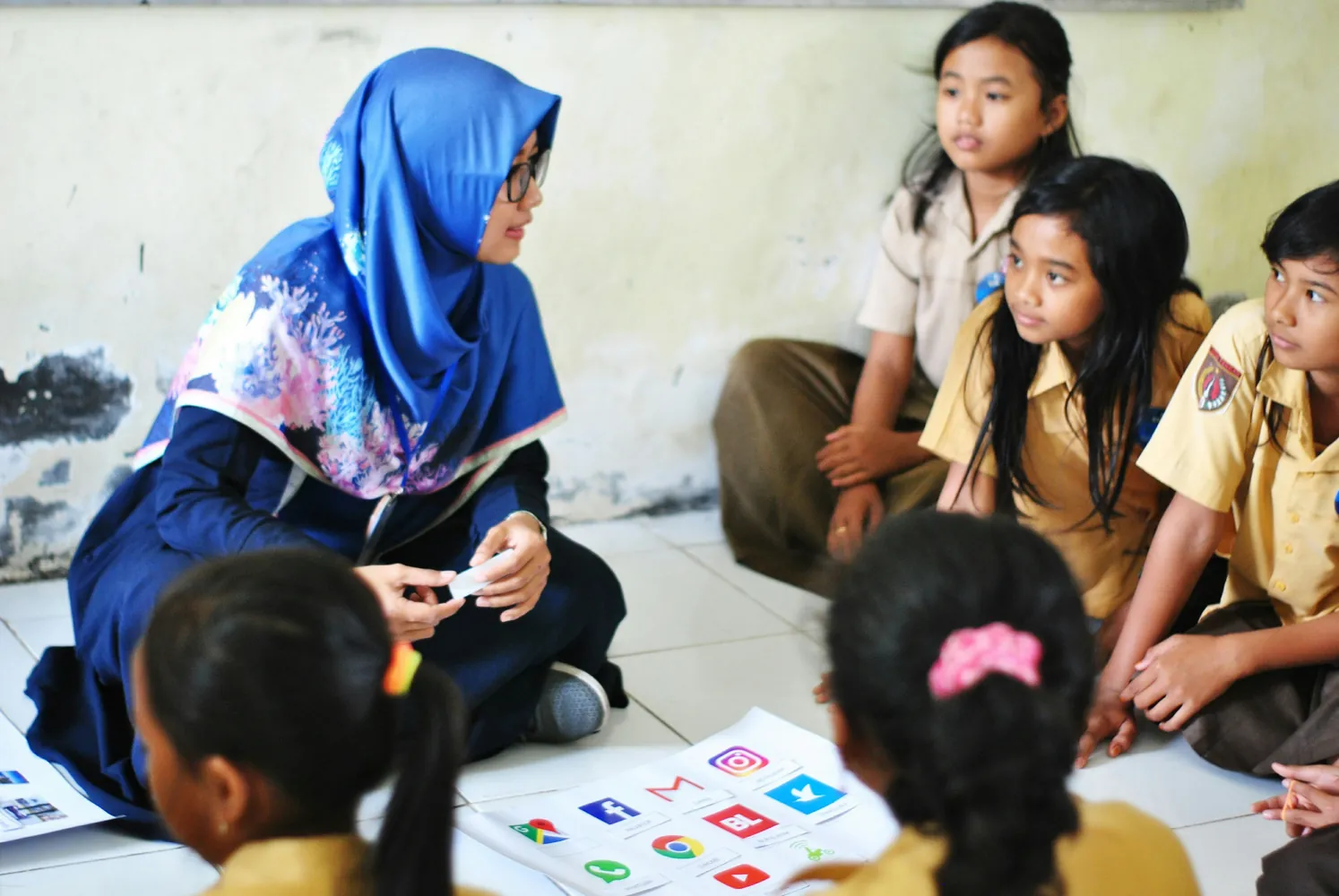Interactive Storytelling Exercises That Boost Student Involvement in Class

The Power of Storytelling in Education
Storytelling is not just an art; it's a powerful educational tool that can transform the classroom experience. Through stories, educators can create a dynamic learning environment that encourages engagement, critical thinking, and creativity. This article delves into specific storytelling methods teachers can employ to captivate students during lessons, with practical examples and interactive exercises.
Role-Playing Scenarios

Role-playing is an effective way to involve students in storytelling. By assigning roles to students, you enable them to step into the shoes of historical figures, literary characters, or professionals in various fields. This method helps students understand different perspectives and develop empathy, while also honing their speaking and listening skills.
Example: Historical Figures Debate
In a history class, assign students different historical figures relevant to the lesson. For instance, during a unit on the American Revolution, students could role-play figures like George Washington, King George III, or Benjamin Franklin. Organize a debate where each student must argue from their character's perspective on significant issues of the time.
- Preparation: Provide students with background information about their characters and key issues of the era.
- Execution: Set ground rules for the debate to ensure respectful and constructive discourse.
- Reflection: After the debate, hold a class discussion on what they learned about the perspectives and motives of each figure.
The Interactive Storybook Method
Combining visual and auditory elements with interactive storytelling can be a compelling way to engage younger students or those with diverse learning needs. This method involves creating digital storybooks that allow students to make choices affecting the story's outcome.
Example: Choose Your Adventure Stories
Create an interactive story where students can choose different paths. For example, in a science class studying ecosystems, develop a digital storybook where students decide which animals to help and what conservation actions to take in various scenarios.
- Tools: Use platforms like Google Slides or digital storytelling apps like StoryJumper.
- Student Involvement: Let students write alternate endings based on their choices, encouraging creativity and understanding of cause-and-effect relationships.
The “Hot Seat” Technique
The “Hot Seat” technique encourages quick thinking and deepens understanding by allowing students to interact with characters or figures from their studies in real-time.
Implementation
Select one student to sit in the 'hot seat' as a character from the lesson. The rest of the class asks questions directed at this character. The student in the hot seat must answer based on their knowledge of the character and context.
- Preparation: Ensure students have ample information about their characters beforehand.
- Benefits: This exercise promotes active listening and quick thinking, as well as in-depth understanding of character motivations and historical context.
Visual Story Mapping
This approach combines visual aids with storytelling to help students organize thoughts and ideas effectively. It’s particularly useful for visual learners who benefit from seeing connections between concepts.
Creating Story Maps
Students can use story maps to outline key elements of a story such as characters, setting, plot, conflict, and resolution. This method is applicable across subjects—from analyzing literature to organizing scientific processes.
- Tools: Encourage students to use tools like mind-mapping software (e.g., MindMeister) or simple pen and paper for creating maps.
- Application: Use story maps to deconstruct complex narratives or processes, making them easier to understand and remember.
Integrating Technology with Storytelling
The integration of technology in storytelling offers endless possibilities for engagement. From podcasts to video narratives, digital storytelling caters to diverse learning styles and keeps students engaged with multimedia resources.
Podcasting Projects
Podcasts are an innovative way for students to share stories orally. Assign projects where students create podcast episodes around particular themes or topics discussed in class.
- Execution: Teach students basic audio recording and editing using free software like Audacity or GarageBand.
- Engagement: Encourage peer reviews of podcast episodes to promote active listening and constructive feedback.
Conclusion: Choosing the Right Storytelling Approach
The choice of storytelling method depends on several factors including class size, subject matter, and available resources. Role-playing suits classes focused on historical events or literature, while interactive storybooks might be best for younger audiences. The “Hot Seat” technique can be adapted for any subject that involves personal perspectives or narrative analysis. Visual story mapping is excellent for visual learners across various disciplines.
No matter which method you choose, storytelling enhances communication skills, fosters creativity, and makes learning more memorable and enjoyable for students. By integrating these storytelling exercises into your teaching practice, you can significantly boost student involvement and enrich the educational experience.
 TrendLayer
TrendLayer